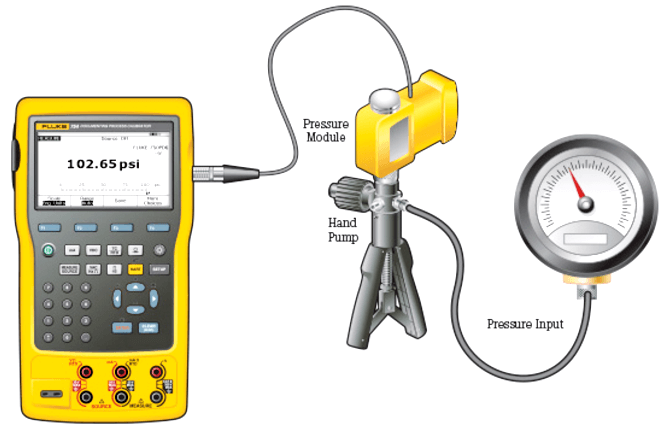Both analog and digital process gauges need to be verified to detect errors related to drift, environment, electrical supply, addition of components to the output loop, and other process changes. Pressure gauges may be verified in the field or at the bench.
Field calibration may save time, and allows for troubleshooting in the process environment. Multifunction calibrators make it easier to do this with one tool, and documenting calibrators make it easier to follow procedures, capture data and document results. Bench calibration provides an environment where the gauge can be cleaned, inspected, tested, and recertified under reference conditions for the best possible accuracy.

To perform the test:
Article Source : Fluke
The conveyor sorting machine is widely used in the packing industries using the PLC program…
Learn the example of flip-flop PLC program for lamps application using the ladder logic to…
In this article, you will learn the STAR DELTA programming using PLC controller to start…
Lube oil consoles of rotary equipment packages in industrial process plants are usually equipped with…
Rotating equipment packages such as pumps, compressors, turbines need the lube oil consoles for their…
This article explains how to blink lights in ladder logic with a detailed explanation video…